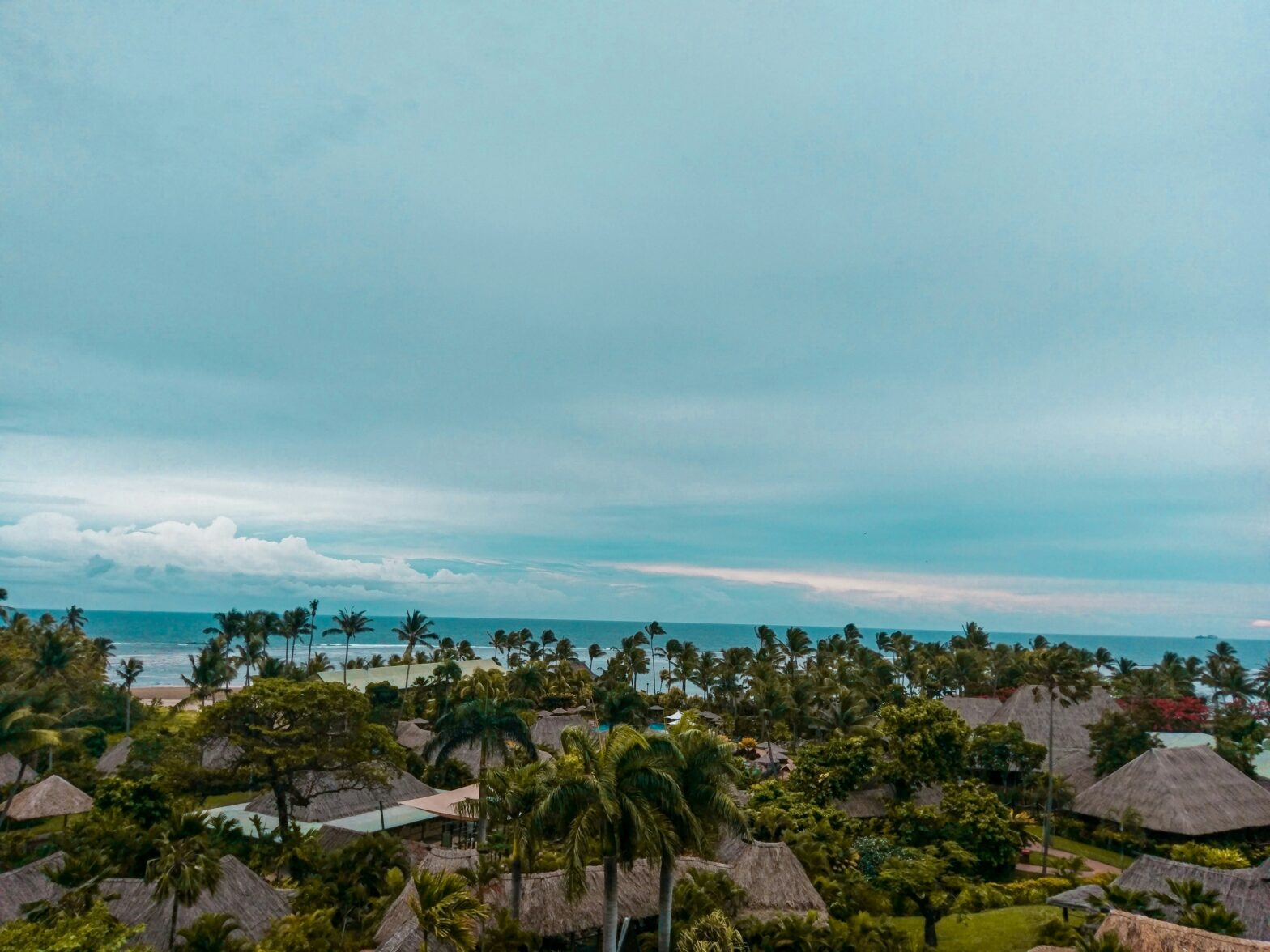Going on a safari is super necessary when visiting the African continent. If you’ve been on one, then you’ve most likely heard the term the Big Five. Prior to visiting South Africa, I had never heard of the term, so when I went on my first safari, it was a very informative experience.
The Big Five are the iconic five animals that are a must-see while on a safari in Africa.
Lions, leopards, elephants, African buffalo and rhinoceroses are the animals which make up the Big Five.
The term originated during the colonial period of Africa (late 1800s). According to National Geographic, the Big Five “refers to what trophy hunters considered the most challenging and dangerous animals to hunt on foot.”
Although the animals are still hunted today, tourism has made seeing the Big Five a goal for those going on a safari.
Safaris have become crucial in preserving these animals since they’re all decreasing in population — lions have lost 94 percent of their original habitat, resulting in about 20,000 currently in the wild.
Get to know Africa’s Big Five:
Lions
Unlike in The Lion King, female lions run the territories and also stay within the pride they’ve been born into. They are the only social large cat and they’re not born into ranks. In fact, lion society is egalitarian.
Leopards
These wild cats are the smallest of the Big Five and very difficult to spot. Leopards usually hunt zebra or antelope for food, taking them into a tree and feasting in solitude.
Elephants
The African savanna elephant is the largest animal of the Big Five — weighing up to an astonishing seven tons! Savanna elephants’ population is increasing and an elephant can live for up to 70 years. This species is commonly coveted by poachers.
African Buffalo
These animals are known to gather by the thousands in the Serengeti. They are large, cow-like animals and gathering in large groups is their way of protecting themselves from predators.
Buffalos have a reputation of being very aggressive and because of their horns, lions are more likely to die if they try to attack these large animals.
Rhinoceros
Rhinoceroses in the Big Five consist of two species: the black rhinoceros and the white rhinoceros. All weigh up to 5,000 pounds and are usually 5 feet long.
The western black rhinoceros was declared extinct in 2011 as a result of poaching. In 2018, the last male northern white rhino died.
The northern white rhinoceros are basically extinct, with only two females remaining.





